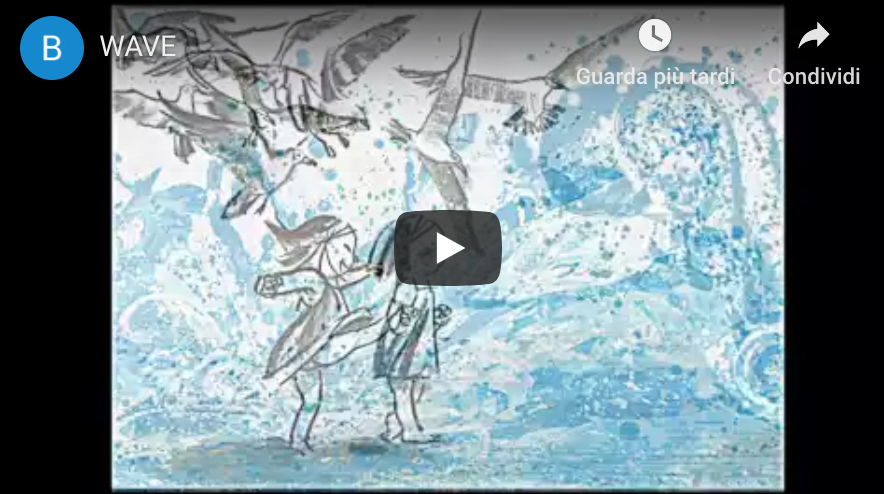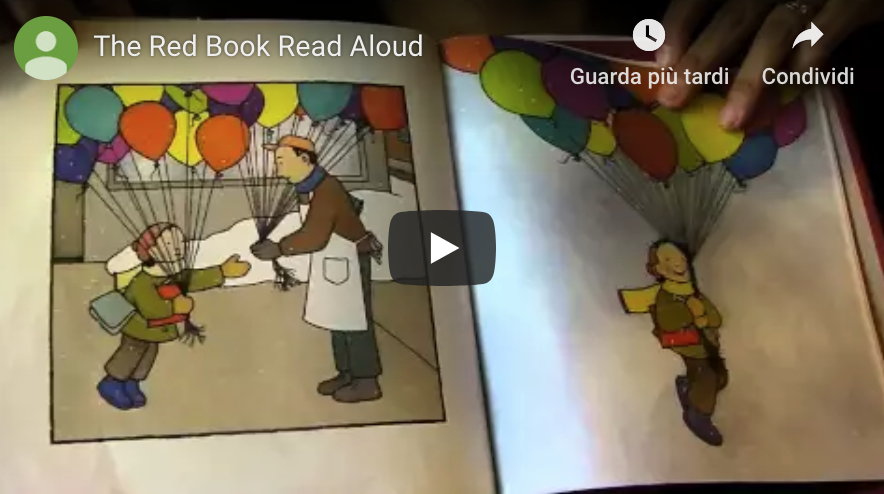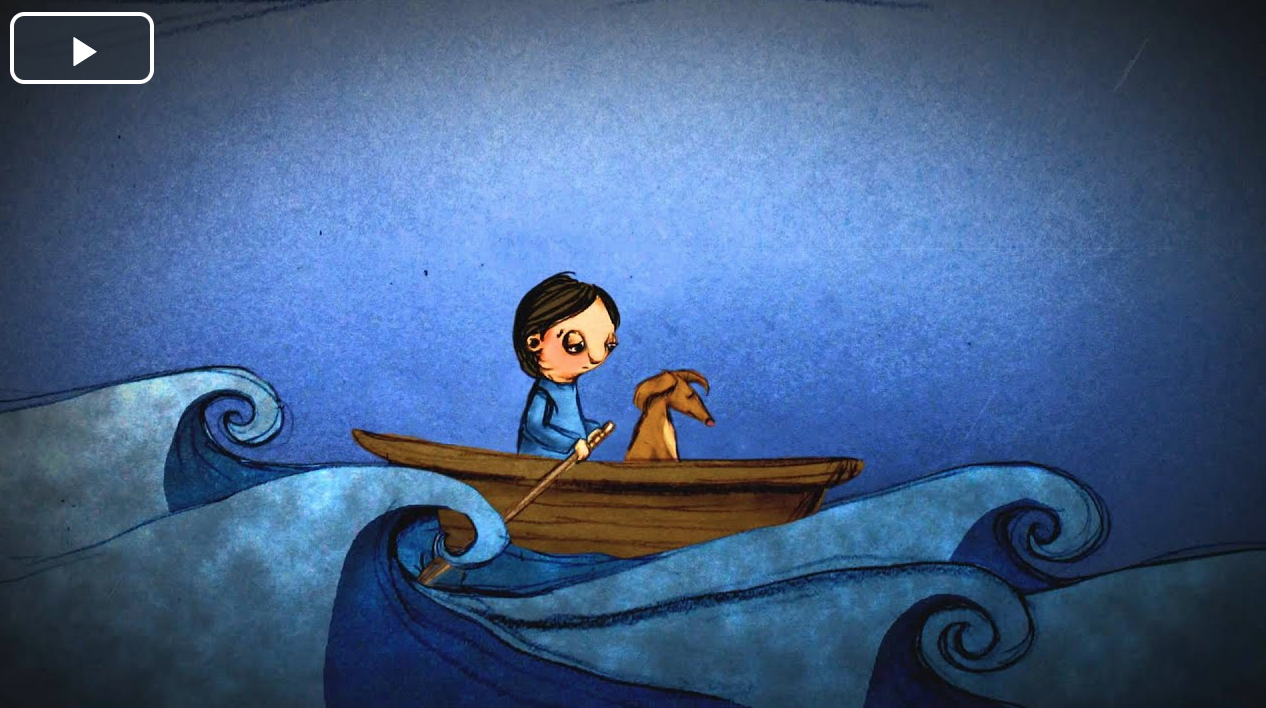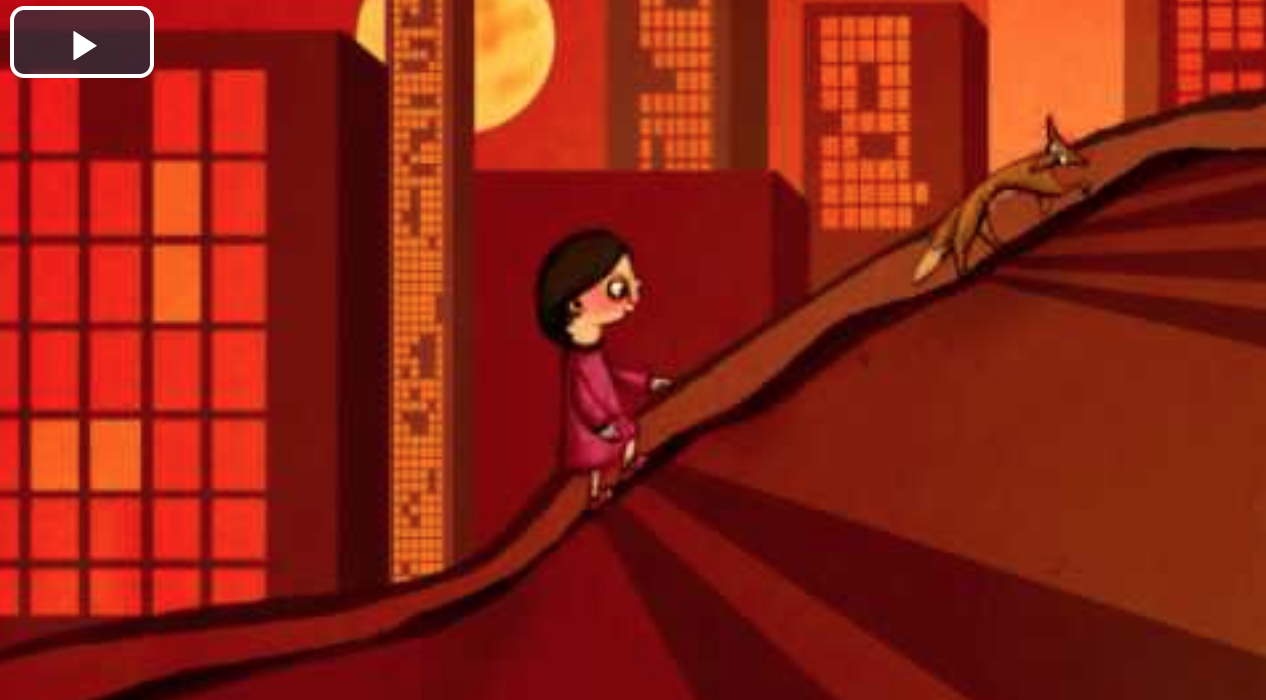Narration of silent books (age range: 5+)
Silent books may result in children narrating slightly different versions of a similar story: it is interesting to see how every child interprets the book’s drawings.
Aims
- Exercising and strengthening pupils’ narrative abilities
- Enabling children to express their imagination and narrative creativity
Links to curriculum:
Literacy in the languages of instructionProcedure
Here are examples of silent books:
The teacher should choose one of the links, share it with his/her students and ask them to click on it and turn the sound off (this is important because often the story is already narrated by someone in the video). Alternatively, if the classroom is equipped with an interactive whiteboard, the teacher can play the video and show it to all the pupils at once. Students have to watch the video and narrate the story told in the silent book; the video should obviously be paused in order to enable the pupils to narrate the story by describing what happens on every page. Older children can type the story directly on the VLE (or write it down on paper and type it in later), while younger students, who cannot read and write, can record themselves while orally narrating the story.
Further development
Children can also narrate the story in another language, either orally or in written form (or even both). Their parents should help them do this.
Materials and digital tools:
Students need to type in the story and/or record themselves in a Forum



